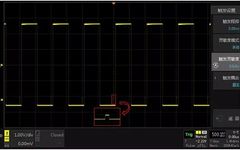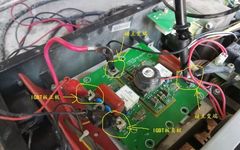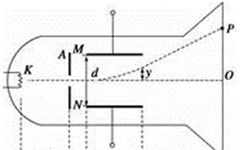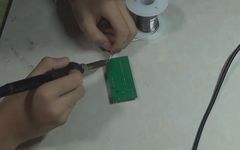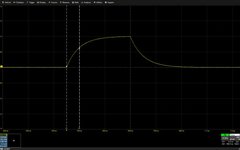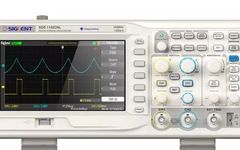Oscilloscope Practical Series 48: Trigger Sensitivity
To measure the functionality of an oscilloscope, the trigger module is generally a point of focus. In fact, the triggers used internally in oscilloscopes are divided into analog triggers and digital triggers. The ZDS2022 oscilloscope uses a digital trigger, which results in low signal jitter and high trigger sensitivity, with dynamic adjustment available! We discovered … Read more
